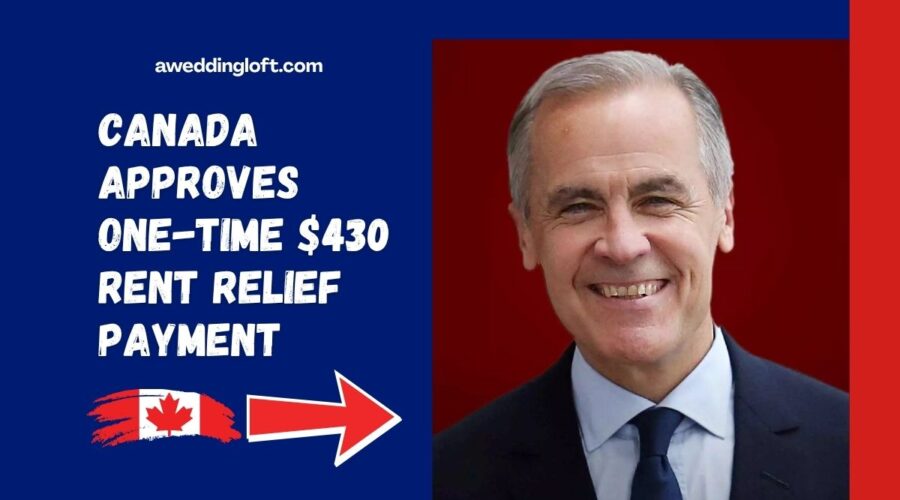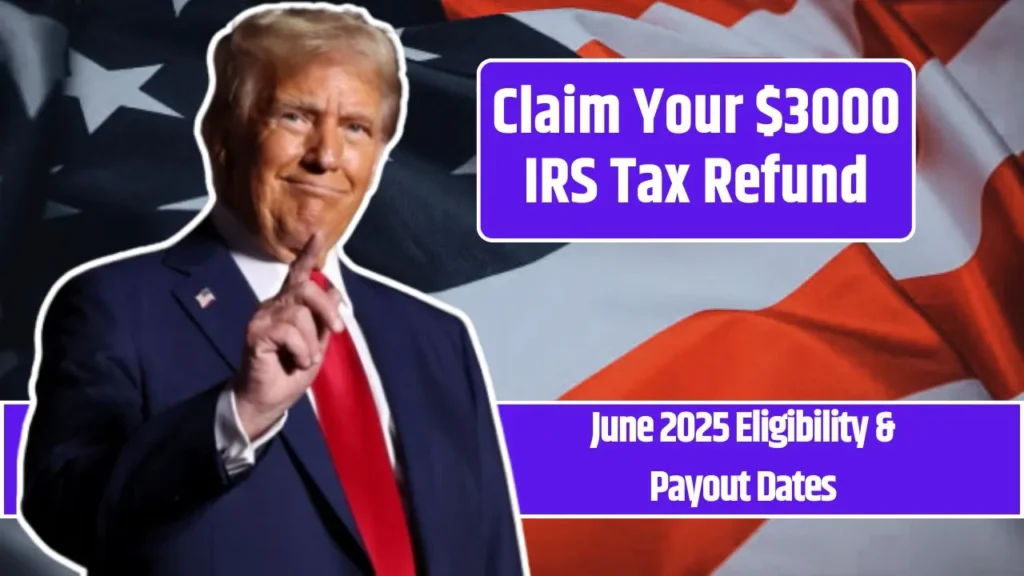Between 2014 and 2019, many people got unwanted robocalls from Credit One Bank. These calls were made without permission, using recorded messages or automatic systems. Now, Credit One has agreed to a $14 million settlement for those affected. If you got these calls, you might get money as part of this settlement. In this article, you’ll find all the important details in simple words—like who can claim, how to file, and when you’ll get paid.
Why Credit One Bank Is Paying $14 Million
Credit One Bank and its partners made robocalls to people without asking for their permission. These calls were made for promotions, debt collection, or giving information. The problem? Many people never gave permission to be called this way, which goes against a federal rule called the Telephone Consumer Protection Act (TCPA).
This law protects people from unwanted robocalls and messages. Because of these rule breaks, a class-action lawsuit was filed. Instead of going to court, Credit One agreed to settle by paying $14 million. The company says it did nothing wrong, but it’s still paying to end the case.
How Much Money Will People Get?
From the total $14 million fund, some of the money will be used for legal fees and other expenses. The rest will be paid to people who file valid claims.
Breakdown of the fund:
| Category | Details |
|---|---|
| Total Fund | $14,000,000 |
| Attorney & Court Fees | Up to 30% |
| Administration Costs | $1–2 million |
| Remaining for Claimants | Around $8–9 million |
| Estimated Payout Per Person | $100 to $1,000 |
If many people file claims, each person might get less. If fewer people apply, the payout per person could be more. You don’t need proof to claim money, but if you have phone records or bills showing these calls, you might get a higher amount.
Who Can File a Claim?
You can file a claim if:
- You got a robocall from Credit One Bank (or related companies) between 2014 and 2019.
- You didn’t give them permission to call you.
- You can prove the phone number was yours during that time.
You don’t have to be a Credit One customer. Even if you got a call by mistake, you may still qualify. If you’re not sure, you can still file a claim. The claim team will check records to see if you’re eligible.
How to File a Claim for the Settlement
A special website will be set up after the court gives final approval. That’s where you’ll file your claim. Here’s what you’ll need:
- Your full name and contact details
- The phone number that got the robocalls
- Dates (or rough timeline) when the calls happened
- Any supporting documents (optional)
- A signed statement confirming your claim is true
Some people might get a letter or email with a Claim ID. This can help you file faster through the website.
You’ll also have the option to:
- Accept the settlement and file your claim
- Say no (opt out)
- Object to the settlement terms
But if you do nothing, you won’t get any money.
When Will You Get Paid?
Here’s the expected timeline once the court approves the deal:
| Step | Estimated Time |
|---|---|
| Court Approval | To be decided |
| Website Launch | Within 30–45 days after approval |
| Claim Window | Open for 60–90 days |
| Claims Review | 3–5 months after claim window ends |
| Payouts Start | 6–9 months after approval |
Payments can be made by bank transfer, PayPal, Venmo, or mailed check. It depends on what you choose while filing your claim.
What You Should Do Now
If you think you were affected, here’s what to do:
- Watch your email and mailbox for any updates or Claim ID.
- Gather details like old phone bills or call logs (optional).
- Visit the claims website when it goes live.
- File your claim before the deadline.
- Choose how you want to receive your payment.
This settlement is a big step in protecting people from unwanted robocalls. It also reminds companies that they must follow the law when contacting people. You don’t have to be a bank customer to get paid—just prove you got the calls during the right time.
Conclusion
The Credit One Bank $14 million robocall settlement is a great chance for people to get paid for receiving unwanted calls. If you were one of them between 2014 and 2019, you could claim between $100 and $1,000. You don’t need to be a customer, and even if you don’t have proof, you may still get money. Make sure to follow the steps, visit the official claims website when it goes live, and don’t miss the deadline. This case also shows how serious the law is about protecting people’s privacy and phone rights.


